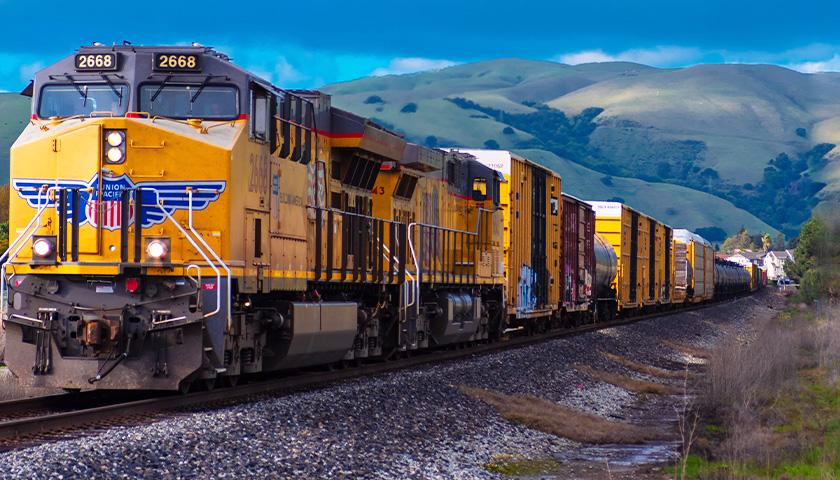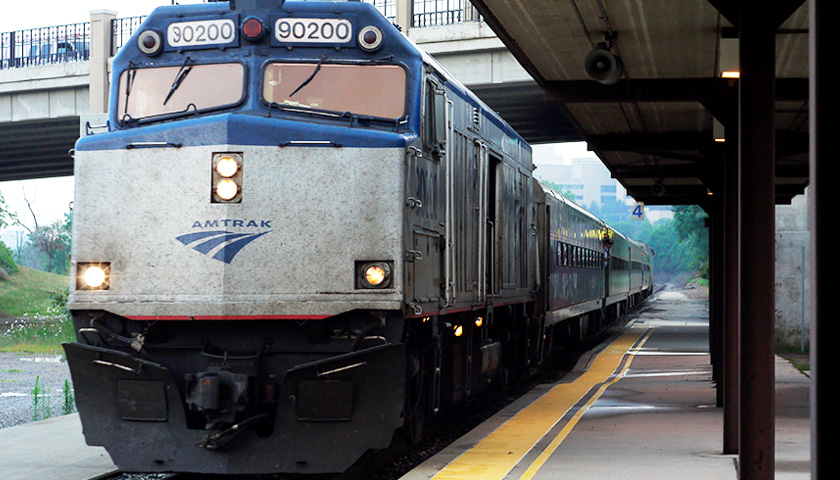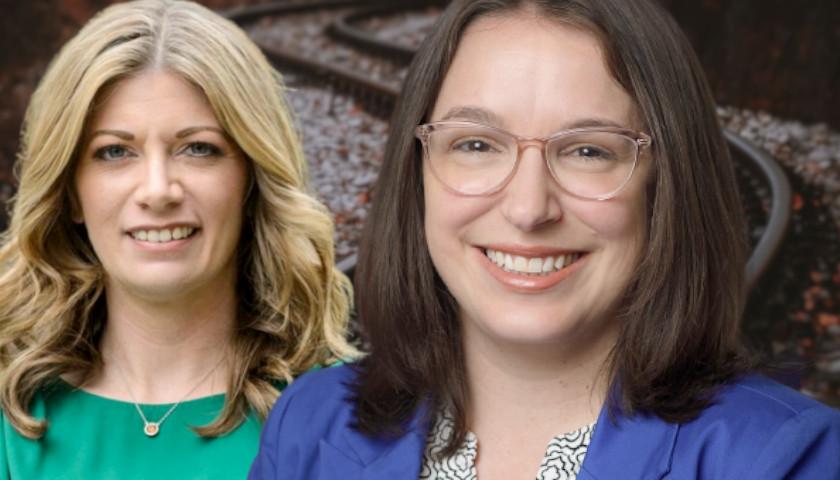by T.A. DeFeo
As freight trains grow longer and more frequently block railroad crossings, federal dollars are going toward removing grade crossings.
“A lot of organizations and agencies have education and awareness campaigns to stay off the tracks, but every year thousands of people still walk along and across tracks and many are killed or injured,” Benjamin Dierker, the executive director of the Alliance for Innovation and Infrastructure, told The Center Square via email.
Data shows Georgia is among the worst states for grade crossing crashes. According to Operation Lifesaver, citing preliminary 2021 Federal Railroad Administration statistics, Georgia had 132 grade crossing collisions with eight deaths and 37 injuries, ranking third behind Texas and California for the number of collisions.
An Operation Lifesaver representative referred The Center Square to the Federal Railroad Administration. The agency pointed to the Infrastructure Investment and Jobs Act, which included $573 million over five years for the Railroad Crossing Elimination Grant Program.
The program will provide for rail grade separation or closure, including measures to improve safety related to a separation, closure, or track relocation project, such as trespasser prevention. An administration official said the agency would announce the fiscal 2022 awards later this year.
Last August, U.S. Sen. Jon Ossoff, D-Georgia, said he launched an inquiry with the railroad administration as part of the agency’s ongoing investigations into trains causing traffic delays.
“Addressing blocked rail crossings is about more than just convenience: Highway-rail grade crossing accidents, together with accidents caused by trespassing along the railroad right-of-way, account for 94% of all rail-related deaths and injuries,” Ossoff wrote in a letter to Administrator Amit Bose.
“For example, in the neighborhood of South Atlanta, it’s not unusual to see children race across closing gates to get to school or adults walking between stopped cars to get to work on time,” Ossoff added. “Less than 4 miles away, in Adair Park, a 61-year-old man lost his life when what he thought was a parked train started moving as he was attempting to cross the tracks.”
An Ossoff spokeswoman did not respond to a request for more information.
“Local governments can do more, particularly with signage and fencing,” Dierker said. “City and county governments often have jurisdiction over roads that intersect and cross railroad tracks.”
“Crossing infrastructure is usually maintained by the government, not the railroad, but the two must work together to upgrade gate infrastructure and signage to reduce trespassing and risky pedestrian behavior,” Dierker added. “Even when they know of a problem, many cities do not have the resources for infrastructure upgrades, so state and federal grants go a long way in helping local governments improve these.”
Officials in communities across Georgia had long complained about stopped trains blocking crossings. As railroads have embraced Precision Scheduled Railroading to increase efficiency and reduce costs, they often run longer trains and fewer locomotives and employees per train.
“There is ongoing research into longer trains and blocked crossings,” Dierker said. “In the near future, we may have a better picture about the relative safety risk and possible solutions for stopped trains.”
– – –
T.A. DeFeo is a regular contributor to The Center Square.
Photo “Train” by Akshay Nanavati.









Sadly public education programs do not resonate with some people. Only the effects of Darwinism eliminate the problem.